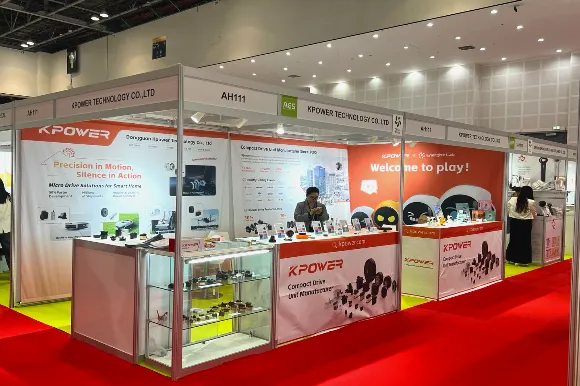Ever tried juggling without dropping a ball? That’s kinda what securing microservices feels like—except instead of balls, it’s your data, your user trust, and your entire system’s integrity. Microservices are flexible, scalable, a real game-changer. But they also open up a Pandora’s box of security challenges. How do you keep everything under wraps without choking the system’s agility? That’s the million-dollar question.

First off, the foundation has to be strong. Think of microservices as tiny islands. If one is hit, it shouldn’t cause the whole archipelago to sink. So, securing each "island" individually makes sense. Using layered security—like a coat of armor—ensures that vulnerabilities are minimized. Imagine deploying strict API gateways, which act like gatekeepers, scrutinizing every request before it hits your core systems. These aren’t just traffic cop roles—they’re configured to block malicious payloads and suspicious patterns, effectively filtering out threats proactively.
But here’s a practical approach: implementing token-based authentication. Tokens act like VIP passes—only those with proper credentials are allowed in. OAuth2 or JWT tokens turn into the standard bearers, ensuring identity verification happens seamlessly across services. And no, sharing passwords or relying solely on IP whitelists is not enough anymore; hackers have become too clever.
Encryption is another critical layer—both in transit and at rest. You can’t just encrypt sensitive data once and call it a day. Microservices generate mountains of data on the fly, streaming between services. Encrypting API calls using HTTPS ensures interception attempts are thwarted, but don’t forget to encrypt data stored in databases too. If someone gets access to your database, even encrypted data isn’t safe unless you add another layer of security—think field-level encryption.
What about monitoring? You might think security is mainly about keeping bad actors out. Sure, but what happens when something slips through? Continuous monitoring and logging are essential. They turn your system into a health monitor, pinpointing patterns that suggest suspicious activity—think of it as your system’s immune response. When anomalies pop up, you'd want detection systems that alert and automate responses—like rolling out patches or temporarily shutting down affected endpoints.
Now, let’s talk about a common pitfall. Some organizations think that once they set up a few firewalls and implement basic authentication, they’re good. Nope. Attackers often exploit overlooked APIs or outdated dependencies. Regular vulnerability scans, automated patching, and keeping dependencies fresh make your defenses smarter rather than just stronger.
Ever wondered why some microservices architectures crumble under attack? It’s often because security wasn’t integrated from the ground up. When security becomes an afterthought, the cracks show fast and wide. Incorporating security into your deployment pipelines—think of it as baking it into the DNA—ensures it’s not an after-party but part of the main event.
Thinking about the big picture, keeping microservices safe isn’t about one-off solutions. It’s a relay race—each layer passing the baton to the next, forming a tight-knit security chain. Strong authentication, encryption, continuous monitoring, and proactive patching make that chain damn near unbreakable. Real security is about constant evolution, just like the threats you face.
And yeah, it might seem like a lot, but once you get into a rhythm, it’s second nature. Do you really want a breach? Didn’t think so. So, secure your microservices smartly and keep your system's health uncompromised. It’s all about making security an everyday habit—like brushing your teeth, but way more important.
Established in 2005, Kpower has been dedicated to a professional compact motion unit manufacturer, headquartered in Dongguan, Guangdong Province, China. Leveraging innovations in modular drive technology, Kpower integrates high-performance motors, precision reducers, and multi-protocol control systems to provide efficient and customized smart drive system solutions. Kpower has delivered professional drive system solutions to over 500 enterprise clients globally with products covering various fields such as Smart Home Systems, Automatic Electronics, Robotics, Precision Agriculture, Drones, and Industrial Automation.




































